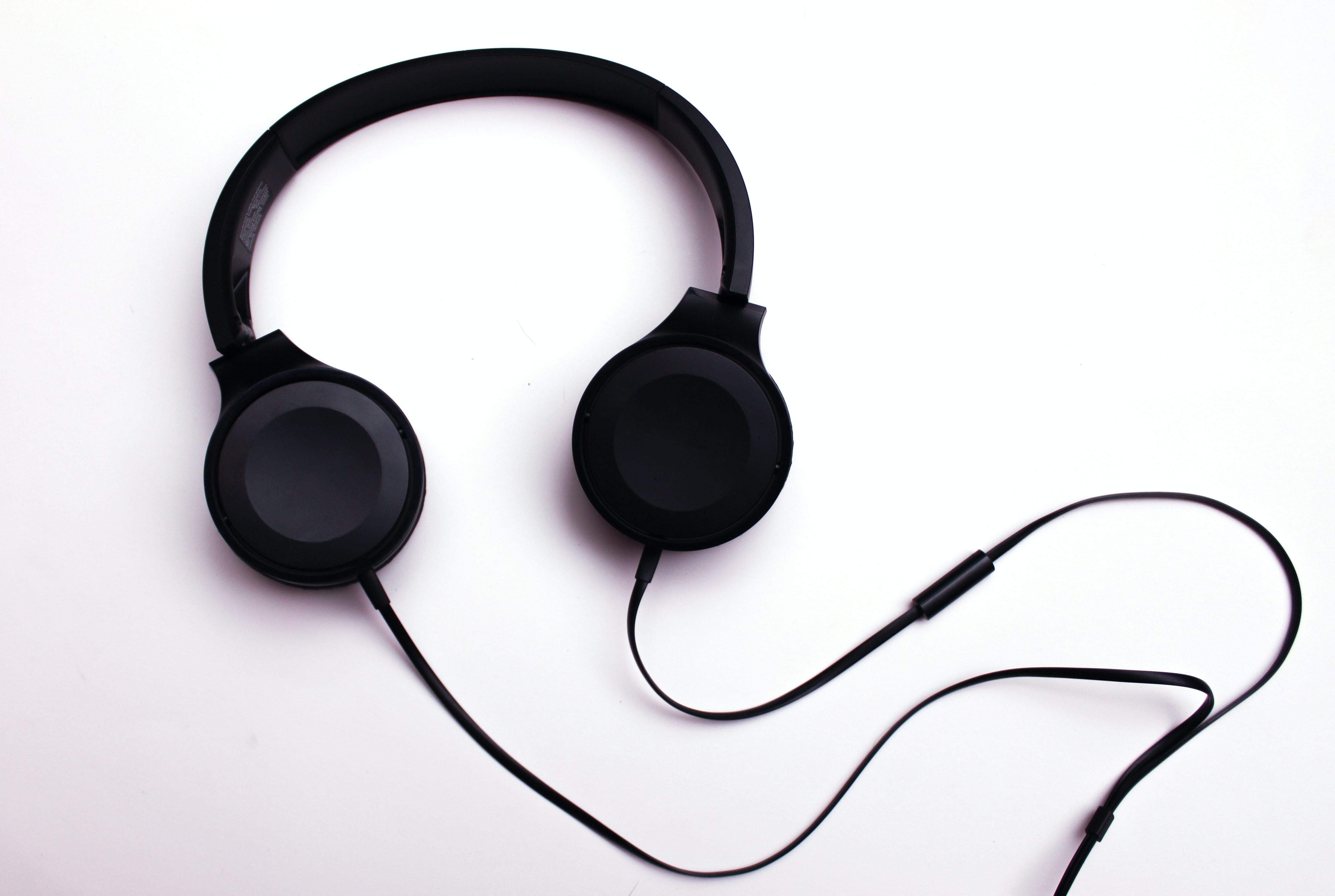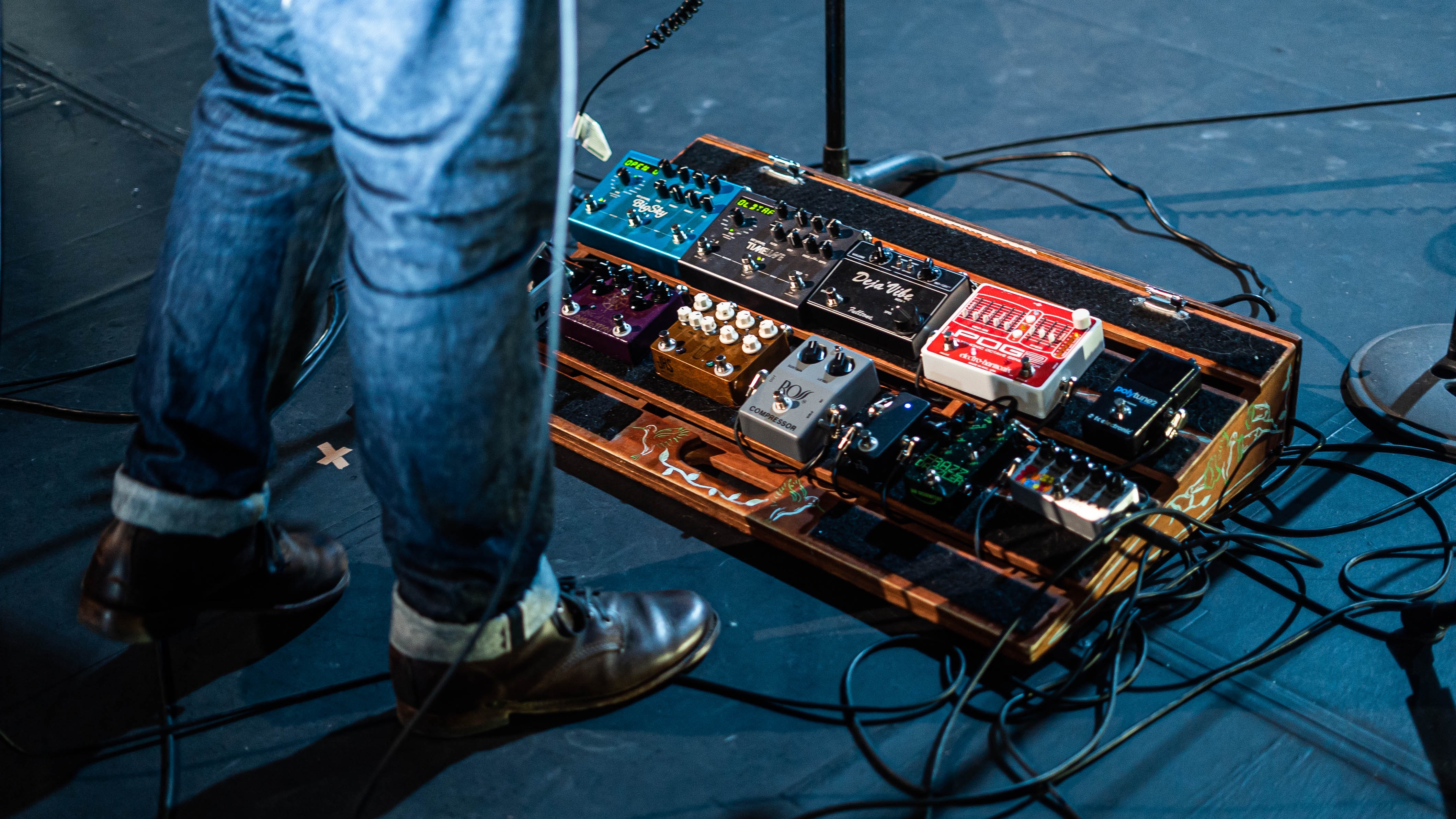
The world of guitar effects pedals is vast and daunting for beginners. So, where do you start? Let’s go over the different types of guitar effects pedals and give our recommendations for some great pedals to start your collection off.
Types of Guitar Effects Pedals
Guitar effects pedals allow guitarists to change the audio signal of their guitar through circuitry. This gives musicians access to different sounds and textures that are easily controllable via the pedal. For many players, buying pedals to explore new guitar effects is addicting! Let’s go through an overview of the most common types of guitar effects pedals on the market and make some recommendations for each type.
1. Boosts and Compressors

Boosts increase the output level of your guitar without distorting the audio. Compressors ensure each note you play is on the same level, meaning no matter how hard or soft you play a string, the volume will sound the same. Both of these effects are great for tackling solos.
Recommended boosts: TC Electronic Spark Mini, Electro-Harmonix LPB-1
Recommended compressors: Keely Compressor Plus, TC Electronic HyperGravity
2. Delay and Reverb
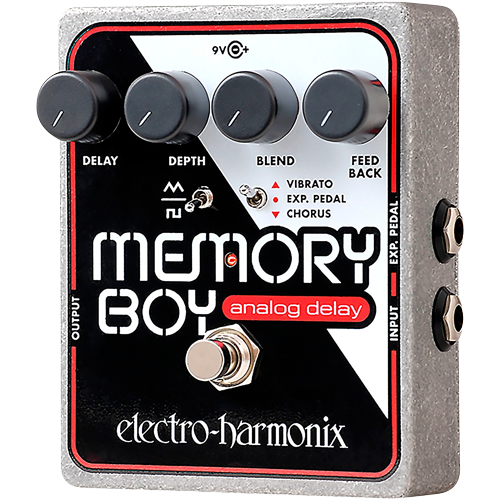
Delays and reverbs add an echoing effect to your signal. Delays repeat your original signal once or multiple times depending on your settings, transforming your solos. There are digital delay pedals available, as well as analog delay pedals. Digital delay pedals offer longer delay and an exact copy of your original sound, while analogs add an element of slight unpredictability. Reverbs make your sound richer and fuller, as though you are playing in a cave. However, many amps come with reverb pre-installed, so you may not need to buy another.
Recommended delays: Electro-Harmonix Canyon Delay & Looper, Electro-Harmonix Memory Boy
Recommended reverbs: Electro-Harmonix Holy Grail Nano, Electro-Harmonix Oceans 12
3. Distortion, Fuzz, and Overdrive

If you want to get down and dirty with your sound, consider the family of distortion, fuzz, and overdrive effects. Distortion pedals give your sound power and aggression, bringing chords, solos, and riffs to the forefront. Fuzz models add edge and a raspy sound to your playing, which can be bass-heavy depending on the pedal. Overdrive pedals give your guitar a heavier, thicker sound that pushes your guitar signal.
Recommended distortions: Pro Co Sound RAT2, TC Electronic Dark Matter
Recommended fuzz: Electro-Harmonix EHX Op-Amp Big Muff Pi, Electro-Harmonix Nano Big Muff Pi
Recommended overdrives: Ibanez TS9 Tube Screamer, Electro-Harmonix Crayon
4. Harmonizer and Octave

Harmonizer and octave pedals allow you to play frequencies above and below your guitar. For instance, this can let you transform your guitar into a bass or your bass into a guitar.
Recommended harmonizers: Electro-Harmonix Pitch Fork, DigiTech Whammy V
Recommended octave: Electro-Harmonix Micro POG
5. Loopers

Loopers are not effects on their own but allow you to record your notes and then play them back – essentially allowing you to have a jam session with yourself. Loopers are great when you want to layer guitars on top of each other to create the illusion of more than one guitarist.
Recommended loopers: TC Electronic Ditto 4X, Boss RC-300 Loop Station
6. Modulation

The modulation family of effects makes your chords more dynamic. For instance, chorus pedals add warmth and act as though multiple guitars are playing at once. Phasers have a characteristic sweeping sound that has been used in countless classic songs, such as “Breathe” in Pink Floyd’s “Dark Side of the Moon.” Flangers sound more dramatic than the other effects, creating sound effects that have been compared to airplanes. Tremolo alters the volume signal so that it drops and picks back up again at a controllable rate. Vibrato pedals alter the pitch of the notes being played.
Recommended all-in-one modulation: Keeley Super Mod Workstation
Recommended chorus: TC Electronic Corona Chorus, Electro-Harmonix Neo Clone
Recommended phaser: TC Electronic Helix
Recommended flangers: TC Electronic Vortex, Electro-Harmonix Stereo Electric Mistress
Recommended vibratos: BOSS VB-2W Vibrato, TC Electronic Shaker
7. Multi-FX

If you want to try out a wide range of effects but don’t want to buy multiple pedals, there are pedals with multiple effects built into them. However, one thing to note is that they tend to lack the versatility of single effects units.
Recommended multi-FX: Vox SL2G StompLab2, Boss ME-80
8. Wah
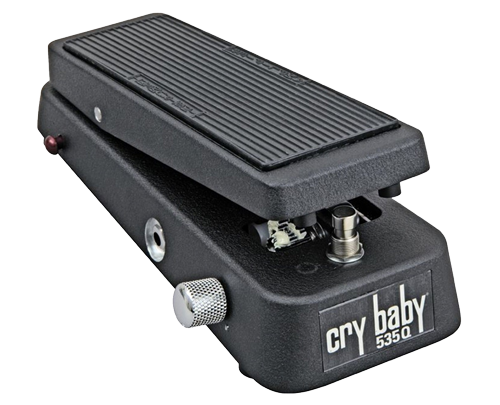
The wah pedal is nearly synonymous with the electric guitar and is heard on classics such as Jimi Hendrix’s “Voodoo Child” and Metallica’s “Enter Sandman”. As its name implies, the wah-wah pedal creates a distinctive sound mimicking the human voice saying the onomatopoeic name.
Recommended wah: Dunlop Cry Baby 535Q Multi-Wah
Welcome to the wonderful, addictive world of guitar effects pedals. While we have only scratched the surface of pedals, we hope that this article will give you some guidance into your guitar effects journey. We recommend that, if you’re not able to sample your effects pedal in person, you at least look up a video of someone playing with the pedal to get a better understanding of the effect you’ll achieve.
Find the perfect guitar effects pedal for your sound in our large collection.


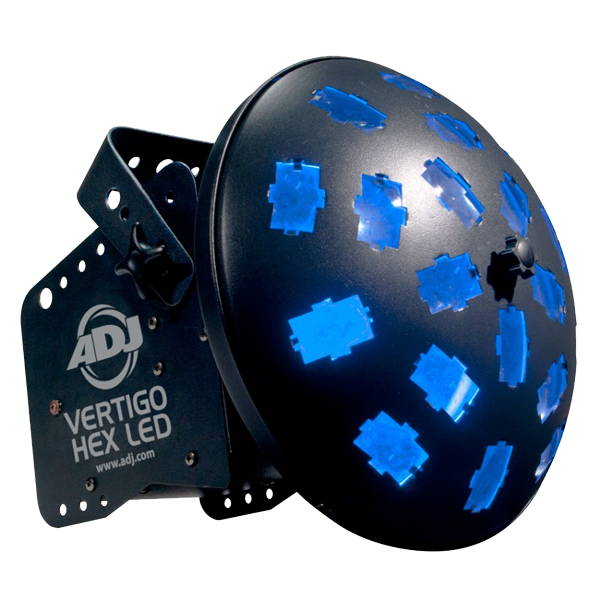
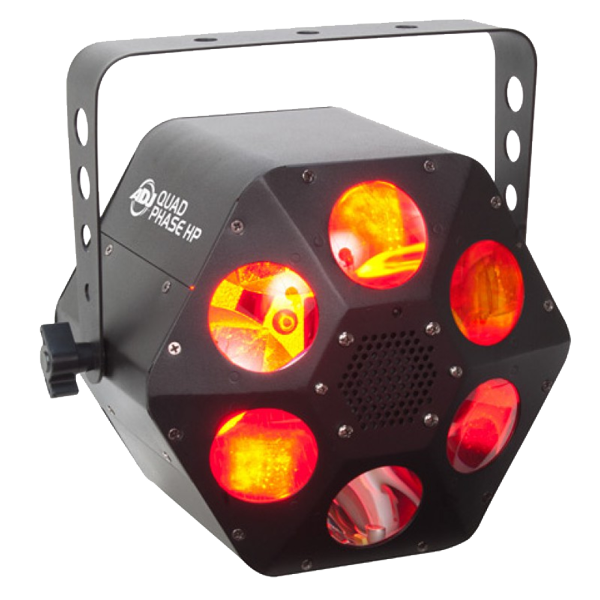


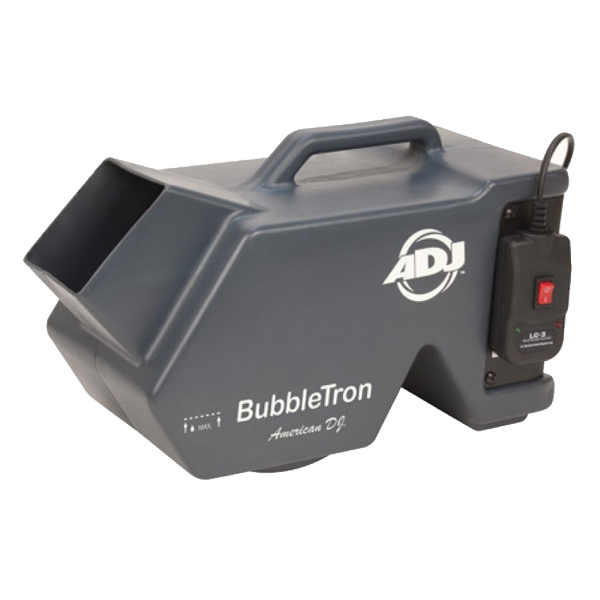

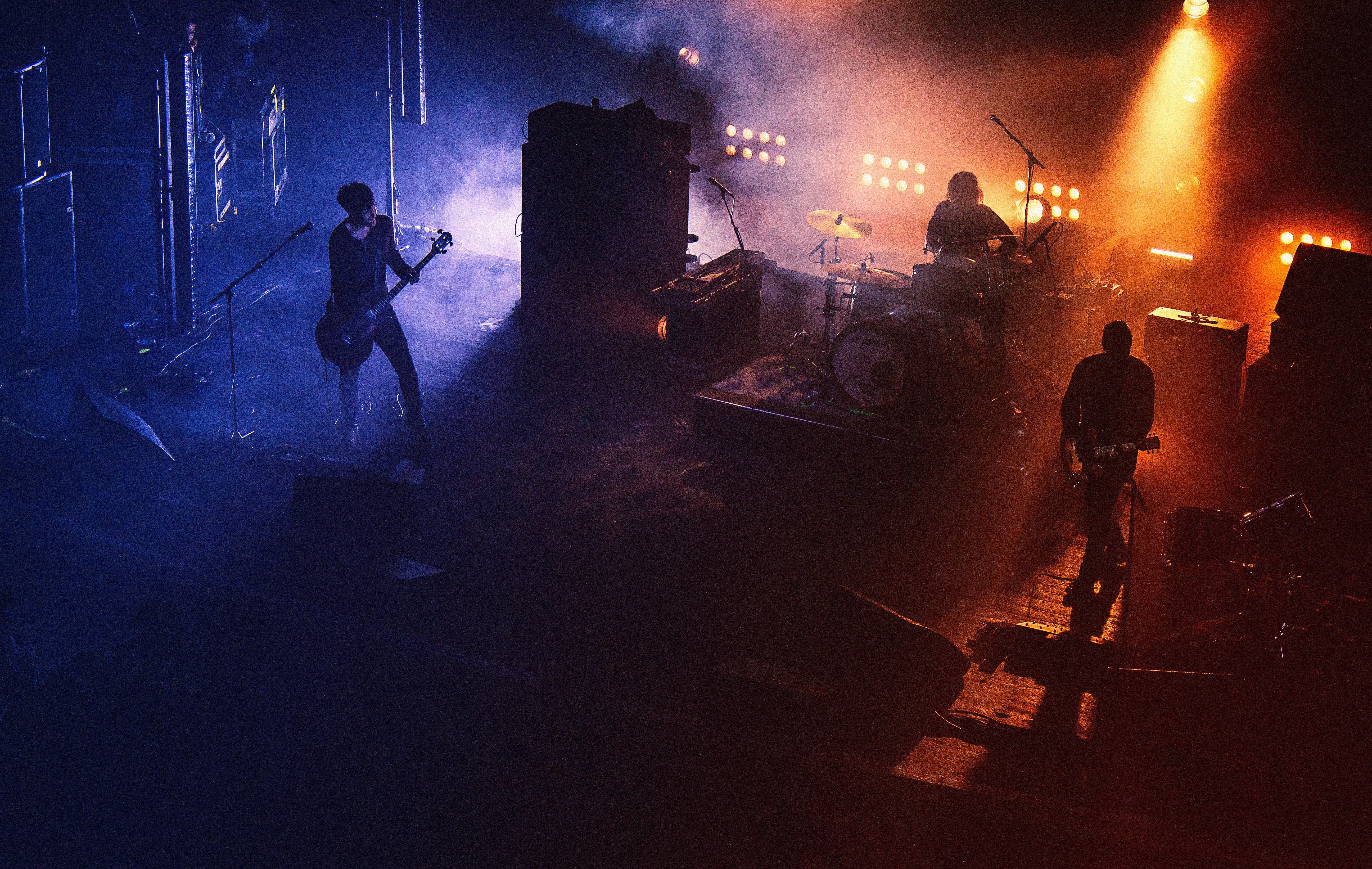








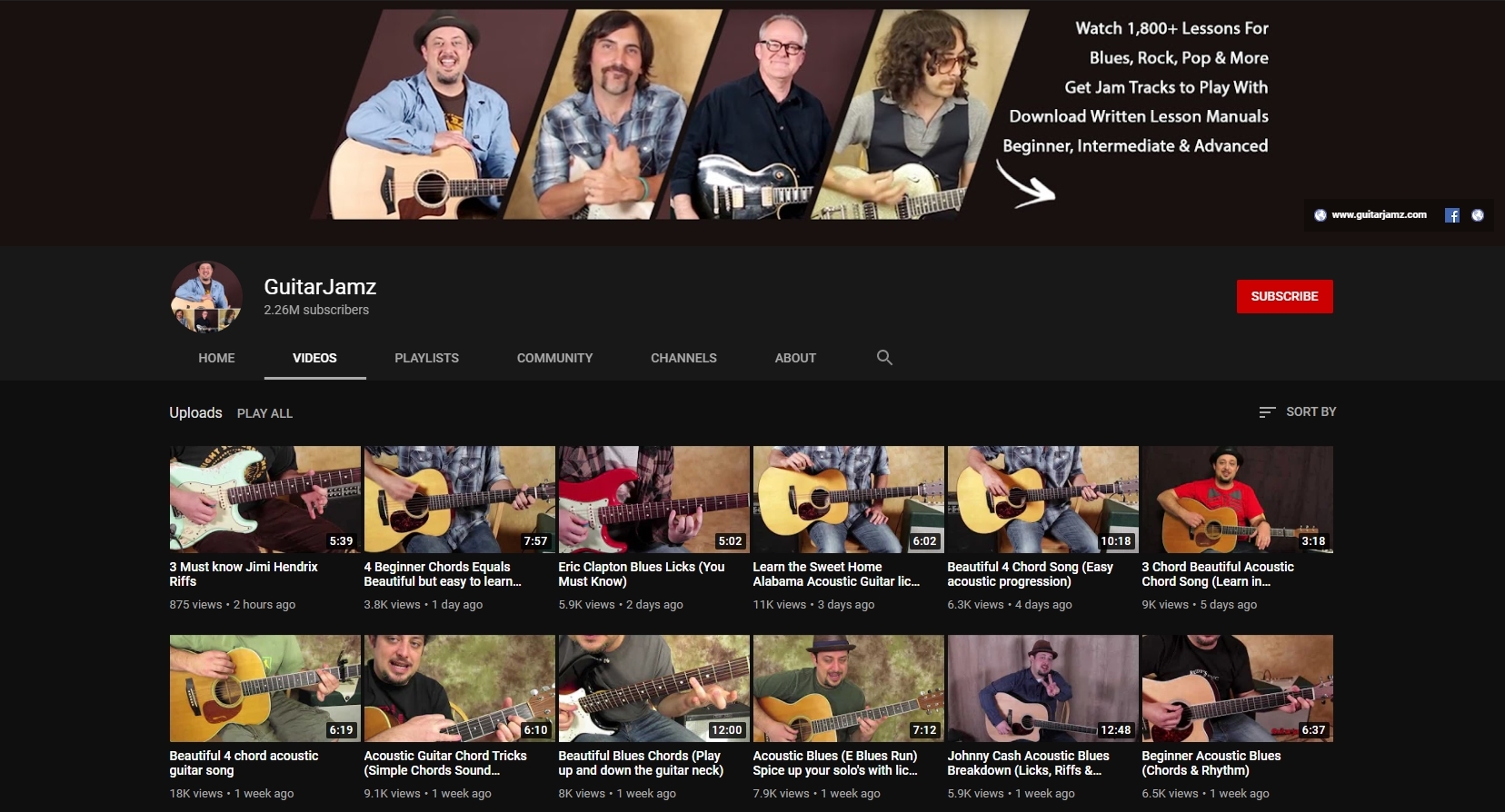
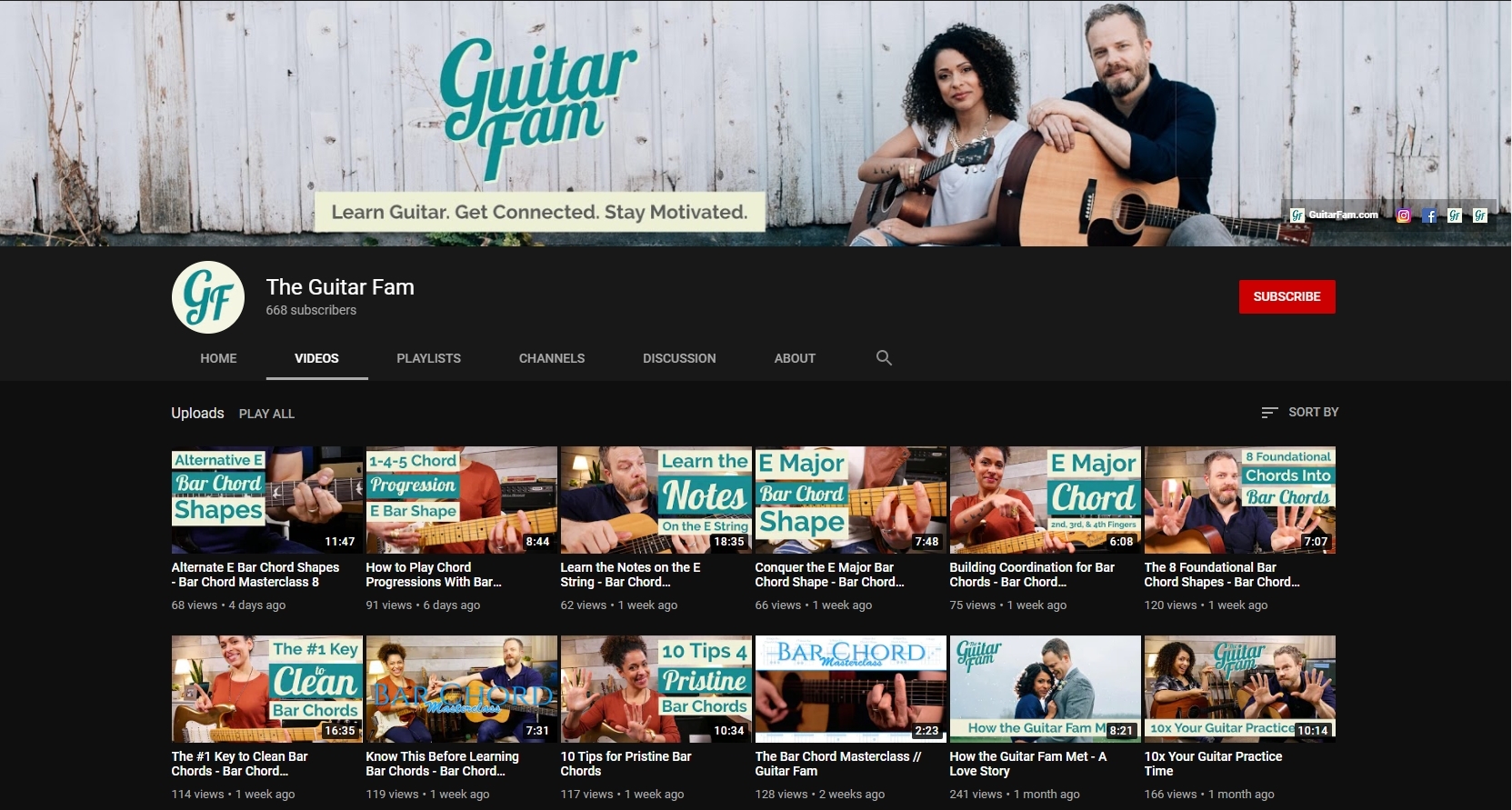
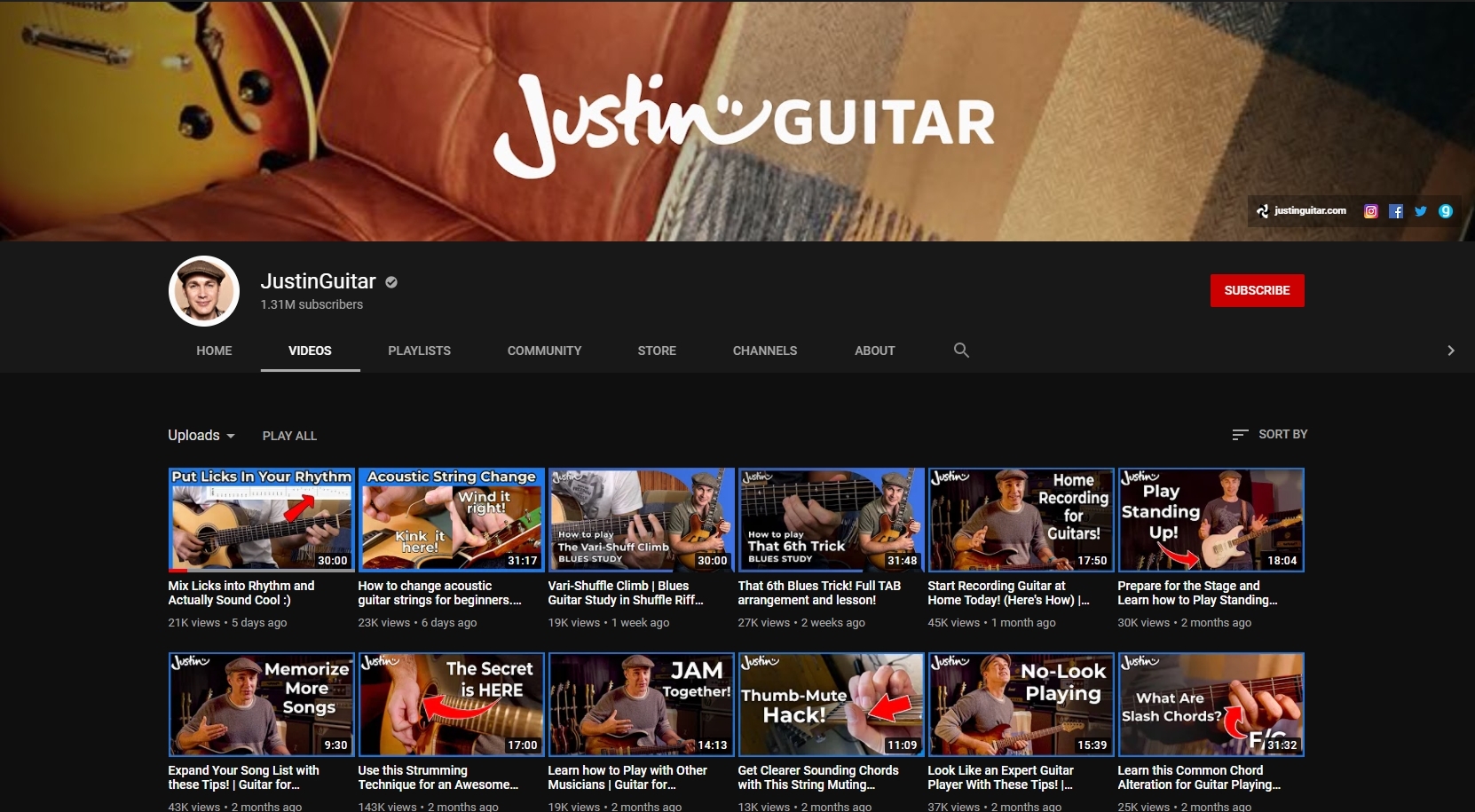
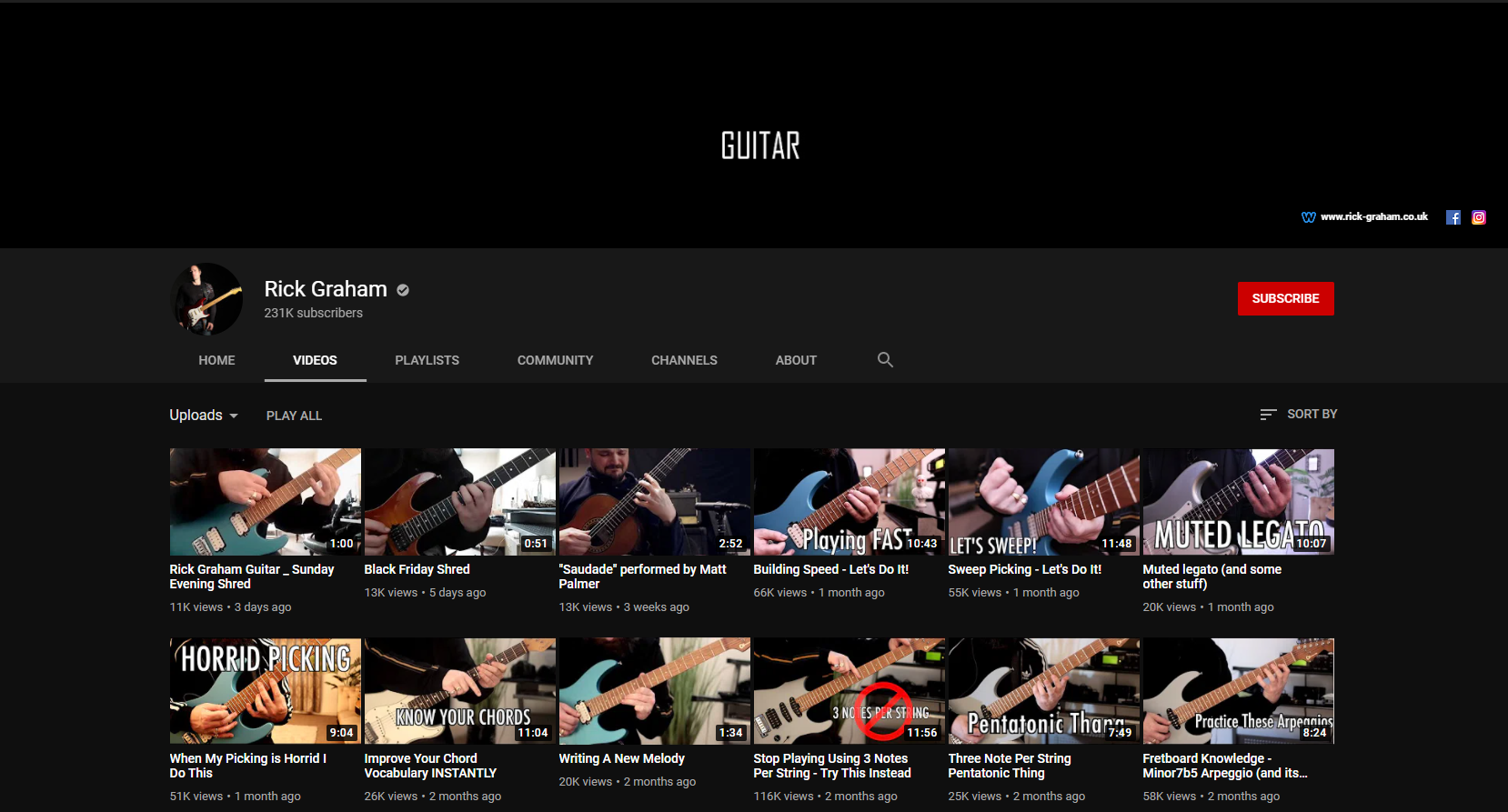 For those looking to play riffs, look no further than
For those looking to play riffs, look no further than 
